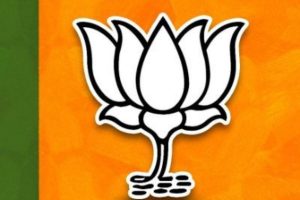Morgan Stanley has revised India’s gross domestic product growth forecast for the financial year 2024-25 to 6.8%, up from the previous estimate of 6.5%.
For the ongoing financial year (FY24), the global brokerage has revised the gross domestic product (GDP) forecast to 7.9%.
It expects India’s GDP growth to remain robust, with an anticipated growth rate of around 7% in the fourth quarter of FY24.
This growth momentum is expected to be widespread, with converging gaps between rural-urban consumption and private-public capital expenditure in FY25.
It foresees a favourable inflation trajectory, with recent trends indicating a moderation in headline inflation. Softening food inflation, coupled with meaningful moderation in core inflation due to supply chain easing and subdued price pressures, is expected.
The firm also foresees a shallow easing cycle in monetary policy, driven by sustained traction in industrial and capital expenditure activities.
Morgan Stanley projects headline inflation to average 4.5% in FY25, down from 5.4% in FY24, while core inflation is expected to remain subdued at 4.1%.
It anticipates further supply chain normalisation and easing commodity price pressures, which will contribute to the disinflation trend.
Recently, the S&P Global also raised India’s GDP growth forecast for Financial Year 2024-25 by 40 basis points to 6.8%, while for FY24 at 7.6%.
In a report called Economic Outlook Asia-Pacific Q2 2024: APAC Bides Its Time On Monetary Policy Easing, the New York-based agency retained India’s GDP growth prediction for FY26 and FY27 at 5%.
Morgan Stanley also highlighted the potential risks from global factors and domestic uncertainties.
Slower-than-expected global growth, elevated commodity prices, and tighter global financial conditions pose risks to India’s growth and macroeconomic stability, it said.
Domestically, factors such as central elections and changes in the policy mix warrant close monitoring.











